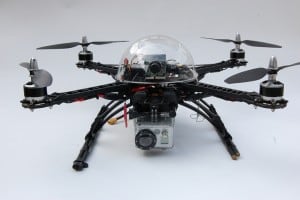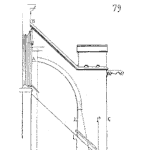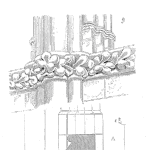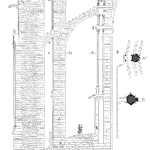
Reliability Projects and Programs
We work on projects to improve reliability.
There may not be the field data immediately available. Let’s explore how you can improve the overall program while delivering on your project.
Specifically, what’s with cost and procurement?
ᐅ Play Episode















 Ask a question or send along a comment.
Please login to view and use the contact form.
Ask a question or send along a comment.
Please login to view and use the contact form.